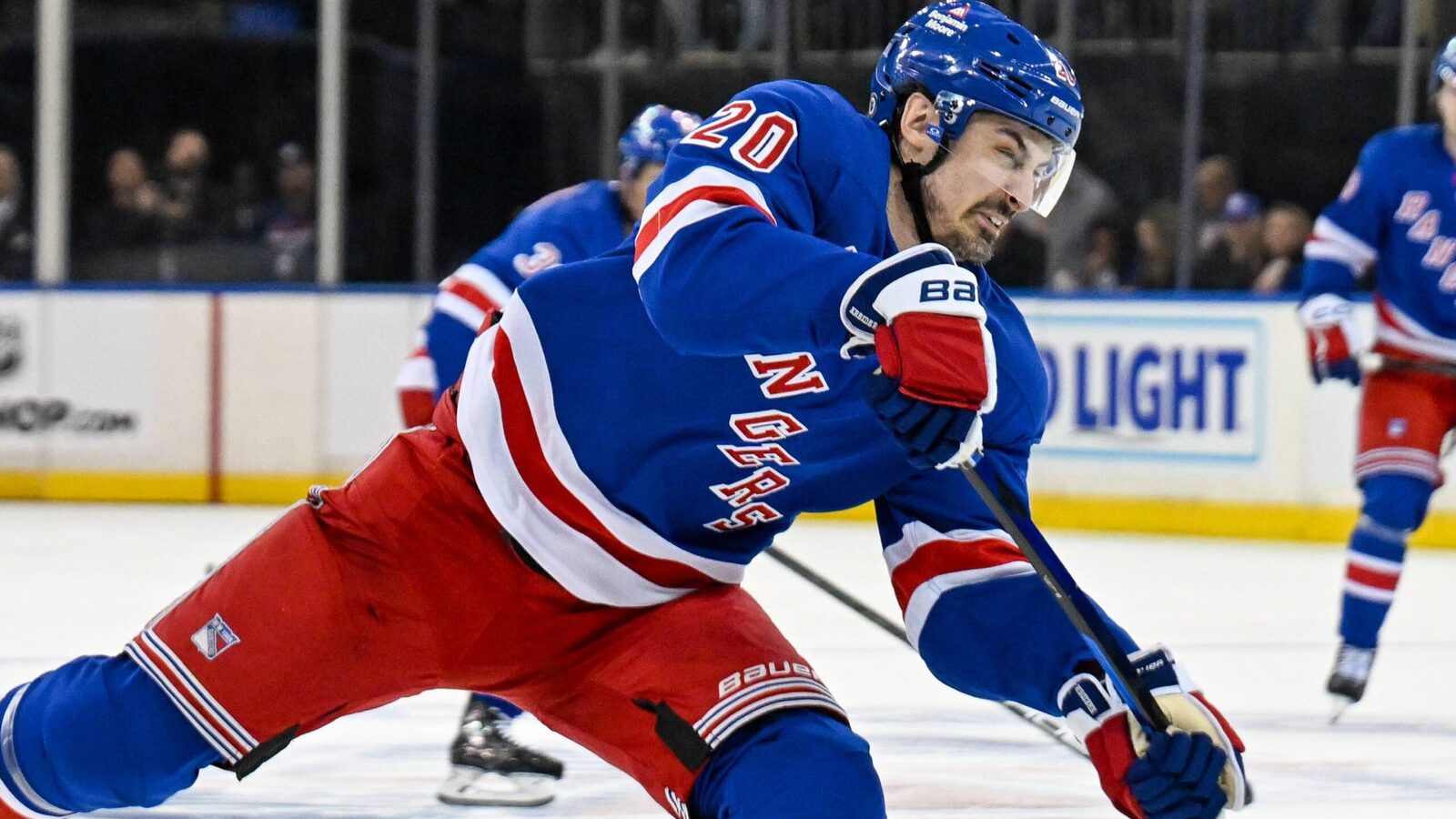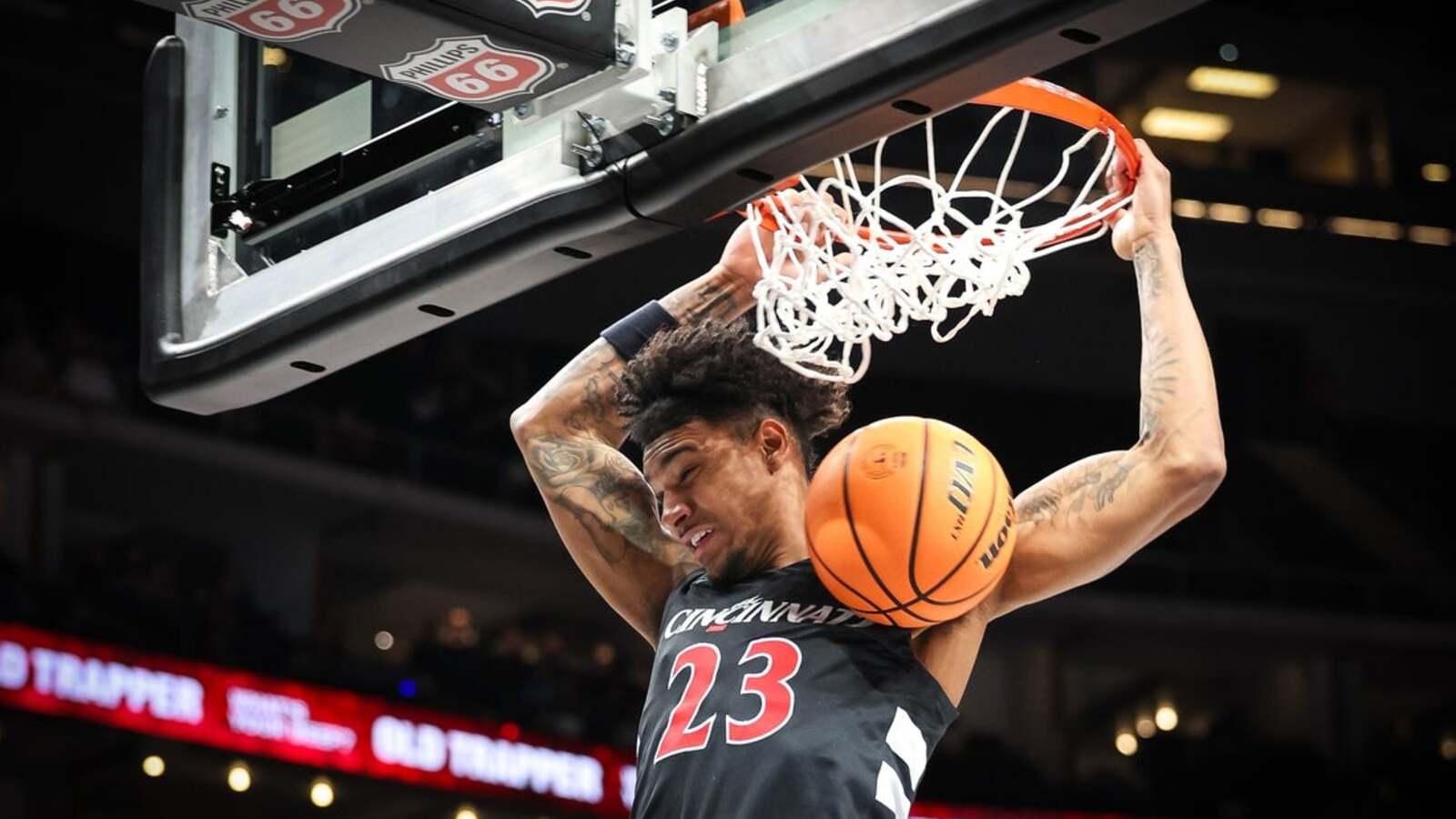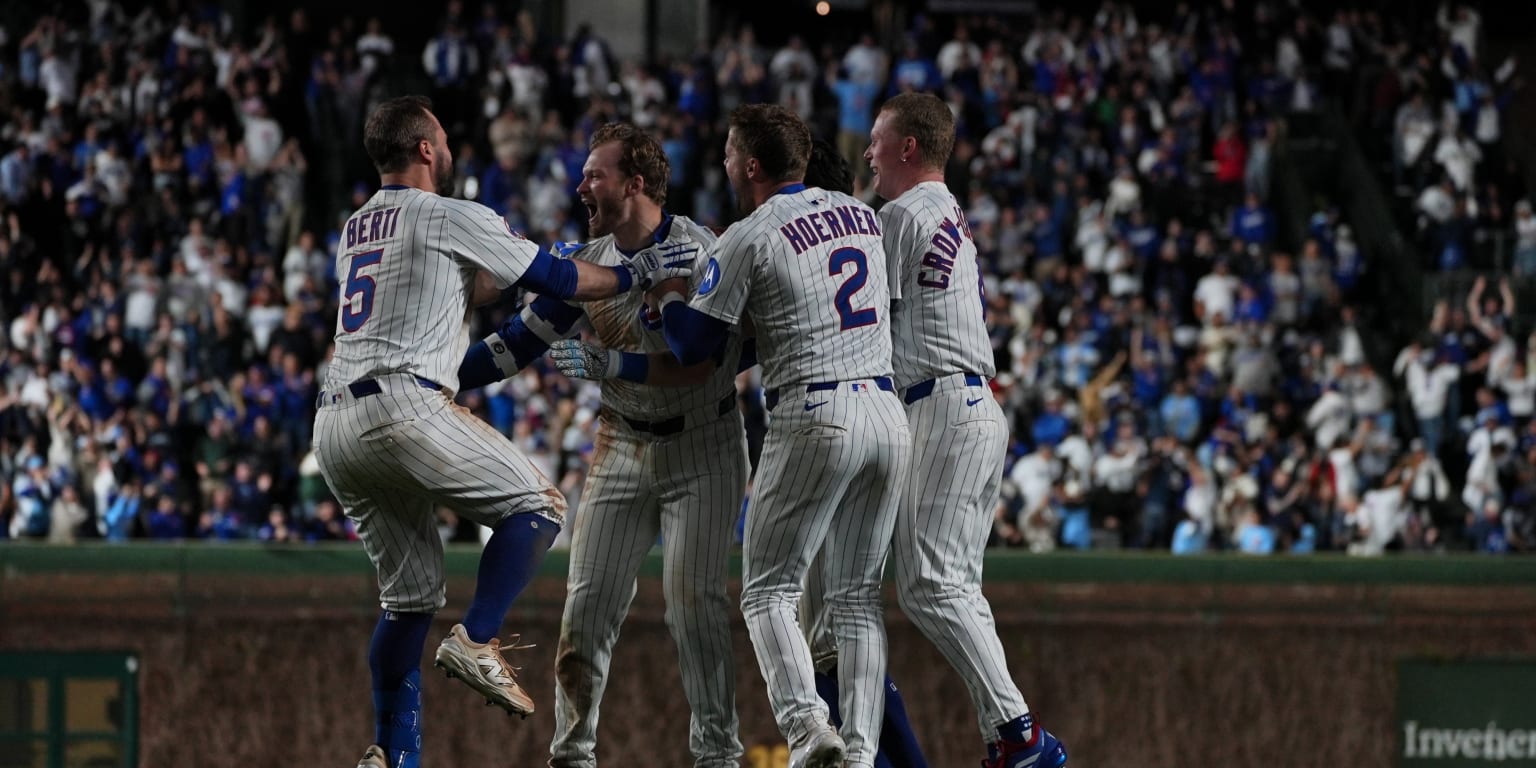The Chicago Cubs have the highest-scoring offense in baseball. That qualifies as one of the most shocking developments of April, given that they have led the National League in runs once in the past 35 years (17 years ago) and after ranking 12th in MLB last year just about all they did last winter was swap out Cody Bellinger for Kyle Tucker and spend just $19.5 million on free agent bats for veteran role players Justin Turner, Carson Kelly and Jon Berti.
How good have they been? This good:
Most HRs with 40 Stolen Bases, First 26 Games
|
Team |
SB |
HR |
|---|---|---|
|
2025 Cubs |
40 |
38 |
|
2009 Rays |
40 |
31 |
|
1999 Dodgers |
41 |
30 |
|
1995 Reds |
41 |
29 |
What in the world is going on at the corner of Clark and Addison? It’s a good example of why people should be careful putting so much emphasis on payroll when it comes to “what my team did to improve.” Here are the six biggest reasons why the Cubs’ offense is scorching hot, none of which tie directly to money spent.
Counsell has an athletic, speedy team. He drilled home in spring camp that baserunning would help it win games.
“It’s something we emphasized,” Counsell said. “They should be good at it.”
The culture has carried into the season. The Cubs have frequent video review sessions to point out smart baserunning plays and the occasional mistakes and missed opportunities. “Like high school football film sessions,” he jokes.
Led by second baseman Nico Hoerner, a baseball rat in the best sense, they engage in deep discussions about baserunning. “Nerdy conversations,” Counsell calls them. It helps bond the team and establish a mindset and accountability.
The Cubs are the best baserunning team in baseball and it’s not even close. Statcast rates them as 15 Net Bases Gained. The Brewers are next best at 10.
Crow-Armstrong was hitting .169 through his first 78 games in big leagues when last July hitting coach Dustin Kelly came up with an idea. The Cubs were in Kansas City. Crow-Armstrong had hit rock bottom. He was 0-for-17. He was getting the bat knocked out of his hands.
Crow-Armstrong was hitting with almost no leg lift. He liked to glide into the baseball. Kelly recognized the problem. As Crow-Amstrong’s front foot stepped forward, his head and torso followed his foot. He was drifting. In doing so, he was creating less time for himself—literally shortening the distance to see and hit the ball—and losing any power from his back side.
Kelly brought Crow-Armstrong into the cage in Kansas City and showed him a drill. He had him lift his front knee in the load phase and told him to feel the stacked position of his back side. Then they progressed to swings from that trigger mechanism, keeping his head behind the ball. Crow-Armstrong almost immediately took that drill into game action, an extraordinary midseason adjustment done on the fly. It’s an indication of Crow-Armstrong’s athleticism that he pulled off the change so quickly. The results have been stunning:
Pete Crow-Armstrong Swing Change
|
G |
Avg. |
SLG |
|
|---|---|---|---|
|
Before July 26, 2024 |
78 |
.169 |
.275 |
|
Since |
84 |
.288 |
.492 |
Crow-Armstrong has lengthened the Cubs’ lineup. Always an elite defender in center field, Crow-Armstrong may develop into a Jim Edmonds-like impact player.
Amaya reached the big leagues with a powerful swing, but one that had excess movement. To generate more power, the Cubs catcher lifted his front knee as he yanked his hands back. All that movement did was get him a .198 batting average.
Kelly saw a hitter with so much bat speed he didn’t need the excess movement. So, after a game on July 3, Kelly and Amaya decided to simplify things. Instead of the big leg kick, Amaya spread his stance a bit and simply kept his front toes on the ground and lifted his heel, a trigger similar to the one Albert Pujols used.
Here is what Amaya looked like in consecutive games last year:
And here is how well the swing changed has worked:
Miguel Amaya Swing Change
|
G |
Avg. |
SLG |
|
|---|---|---|---|
|
Before July 7, 2024 |
116 |
.198 |
.300 |
|
Since |
69 |
.282 |
.478 |
Dustin Kelly is a former minor leaguer in the Red Sox system, where he played with Cubs pitching coach Tommy Hottovy. He served as a coach and instructor for seven years on the Southern California amateur scene before the Dodgers hired him as a minor league hitting coach. The Cubs hired him three years ago.
This swing change predated the Cubs. Carson Kelly hit a career low in August of 2023 when the Arizona Diamondbacks released him. The catcher signed with the Tigers, who took a deep dive into his swing mechanics and suggested some changes, especially with his setup. Those changes, featuring a lower set of his hands and less rollover of his wrists, began to take root last year, including after a trade to Texas in July. But he still wasn’t hitting the ball very hard (87.6 mph exit velocity, below MLB average).
When the Cubs in December signed him to a two-year, $11.5 million contract, few people noticed. Kelly was 30 years old and after 1,802 plate appearances was a career .224 hitter. This year, with some minor tweaks to the swing changes he started last year, Kelly has gone off (.342/.519/.895) and is crushing the baseball like never before (93.7 mph exit velocity, 4.4 mph harder than his previous high when he was 21 years old).
Here are three snapshots of the change in Kelley’s setup:
He is conquering a career-long struggle against spin:
Carson Kelly vs. Breaking Pitches
|
Year |
Avg. |
|---|---|
|
2021 |
.208 |
|
2022 |
.137 |
|
2023 |
.190 |
|
2024 |
.207 |
|
2025 |
.273 |
By gradual adjustments—shedding his closed stance for a neutral one, changing his stride to neutral to open his front hip and not rolling over his top hand—Tucker has evolved from a good hitter into an impact slugger over the past few years. He is turning on the baseball with power like never before.
Look at these pitch locations for his seven home runs this year.
And check his steady evolution into a hitter who has learned how to backspin the ball:
Tucker Rate of Balls Hit in Air
|
Year |
Rate |
|---|---|
|
2023 |
61.4% |
|
2024 |
72.9% |
|
2025 |
77.3%* |
(*Tied for third in MLB; MLB Average: 55.6%)
“Kyle Tucker is one of those special players,” Counsell said, “where you never worry about the matchup. There are no bad matchups for him. That’s fun.”
Wrigley turned 111 years old this week. She looks as charming as ever, though every hitter knows she can be temperamental depending on which way the wind blows. Last season only T-Mobile Park in Seattle played bigger than Wrigley. This month it has been hitter friendly. It continues an every-other-year pattern of how the park plays.
Wrigley Field Park Factor, Offense
|
PF |
MLB rank |
|
|---|---|---|
|
2021 |
104 |
7 |
|
2022 |
99 |
19 |
|
2023 |
101 |
9 |
|
2024 |
99 |
29 |
|
2025 |
105 |
T9 |



